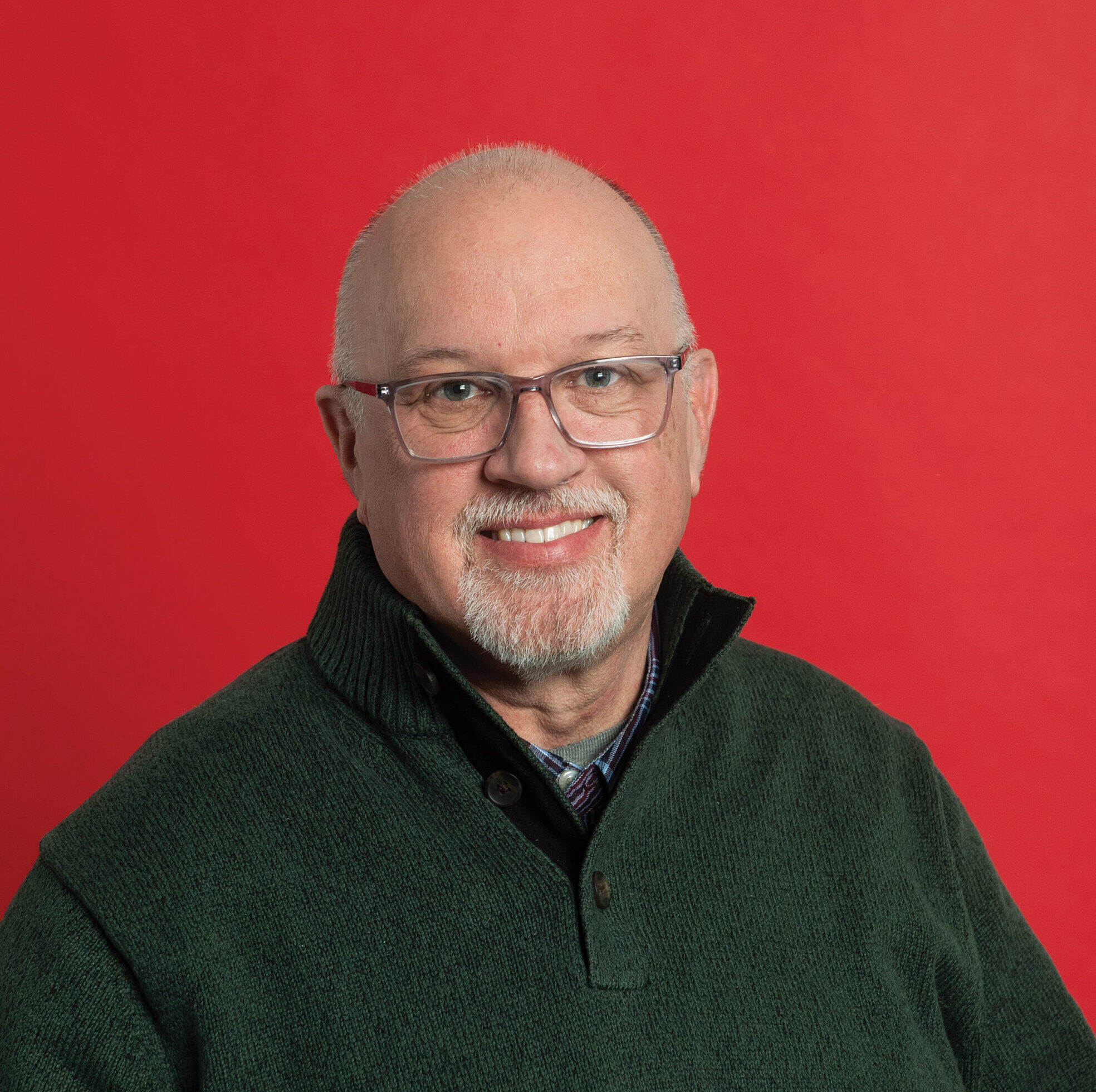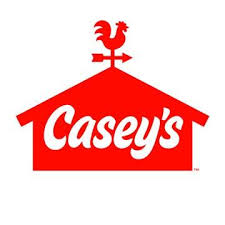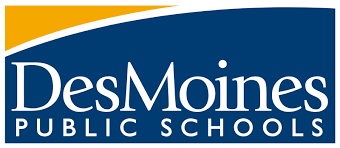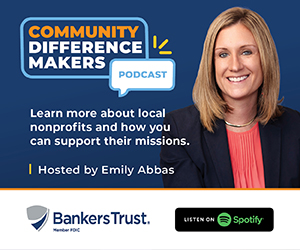DART issues RFP for ‘Reimagine DART’ network redesign


Leaders of the Des Moines Area Regional Transit Authority are looking for a consultant to conduct a study and help redesign the public transit agency’s service network.
DART issued a request for proposal on Friday as the organization works to realize its “Reimagine DART” vision, a 10-year plan to make the agency sustainable.
Responses to the RFP are due by Aug. 29, with interviews of top proposers scheduled to happen between Sept. 18 and 23. The DART commission is scheduled to award a contract on Oct. 1.
Leaders of DART were able to take a breath earlier this year when the Des Moines Area Metropolitan Planning Organization gave DART $3.6 million to help maintain its current level of service for the next two years. That, along with the city of Des Moines’ decision to contribute $1.5 million for fiscal year 2025 and $2 million in fiscal year 2026, eased the pressure to make cuts in services by up to 20% or more.
But DART leaders still had to find ways to trim expenses starting July 1, including eliminating Wi-Fi on buses and reducing hours of customer service. DART also eliminated four administrative positions, and reduced small costs in professional services and memberships the organization may belong to. In all, the cuts total nearly $1 million.
Amanda Wanke, DART’s CEO, said the decision to reduce some services starting July 1 was difficult.

“We had to look at everything across the board … and I wanted to make sure that we were looking at everything on the administrative side and that we really thought about if we have to be as lean as possible, what is our focus?” she said. “And our primary focus then is the service itself and to get someone from point A to point B, and if we’re looking at everything we’re doing through that lens, what are the things we can come up with that we can let go of? [We] don’t want to let go of it. I’m not happy about any of these changes, because what suffers is the customer experience and some of our member community outreach.”
Much of those savings found are offset by increases in other areas of the budgets, such as insurance, which Wanke said increased 25%.
“Some of the expenses are the non-negotiables like tires,” she said. “I have to put tires on buses. So we look at all those things we can’t change and then you start to come down to what are the few things we can change, and that’s where we came in with the options we did, and things we cut. Some of those are outpaced by some of those increases. It was an exercise in finding anything we could in improving and ensuring that we’re running as lean of an organization as we could.”
With the additional funding from MPO and the city of Des Moines, DART has two years before it faces its next “major budget challenge,” Wanke said.
“We’re looking at going through this process starting right now … with some decisions being reached by December 2025 when we begin work on our budget for FY 27,” she said. “That’s the long trajectory. We do know the facilitated workshops will be happening between now and the fall and kicking off stakeholder and the public side of things this fall and then at various points throughout the process. There are some components we have yet to figure out.”
The DART Commission will have to determine funding and service levels for the regional transit system to address more than $6 million in funding gaps before it begins talks about the fiscal year 2027 budget. The gaps are a result of operating costs rising higher than property tax revenue, and a change in the funding formula implementation that aligns how much a member community contributes with the level of service it receives.
DART provides about 3.2 million rides a year, with about 60% of DART riders using the service to get to and from work.
Wanke said that in addition to working with a consultant and the agency’s 12 member communities, DART will also continue to seek the diversification of revenue sources beyond those already allowed by the Legislature.
Currently, about 62% of DART’s $42 million operating budget comes from property taxes. With so much of its revenue tied to property taxes, DART finds its hands tied because the property tax levy for DART is capped at 95 cents per $1,000 valuation.
The remainder of DART’s funding comes from a combination of federal funding, fares, contracts, state funding and other sources.
The Legislature previously gave the city of Des Moines permission to increase its franchise fee from 5% to 7.5% to boost funding to DART, but the City Council did not approve the increase, instead opting for the additional funding for fiscal years 2025 and 2026.
Wanke said the process that is underway is among the first steps in the “Reimage DART” effort, which will begin to pick up steam later this year and next.
“We’re trying to establish a sustainable 10-year vision for public transit in Greater Des Moines,” Wanke said. “That’s something we’ve never had before is a commitment and vision and specifics of what the next 10 years for transit in our community is going to look like. I believe it has the opportunity to be transformational.”
A survey was sent to member communities, and those results are being reviewed. Opportunities for input from the public and other stakeholders will be scheduled for the future.
The process is being facilitated by consulting firm Baton Global; Scott Raecker, director of the Robert D. and Billie Ray Center at Drake University; and Ehren Bingaman, managing principal from TransPro Consulting.
Work is also being done to reach consensus among the member communities on what they want from a regional public transit system, Wanke said.
“We have 12 member governments, and for us to be successful, we need to work toward the same goals,” she said. “So, the first part of ‘Reimagine DART’ is working with the [DART] Commission and DART member communities to come to a consensus on how we define success for regional transit.”
She said doing that will provide some challenges as each community’s needs and priorities are different.
“This won’t be easy … and while we’re never going to agree on everything under the sun, I do believe we can come to a few key goals we share together as a region,” Wanke said.

Michael Crumb
Michael Crumb is a senior staff writer at Business Record. He covers real estate and development and transportation.










